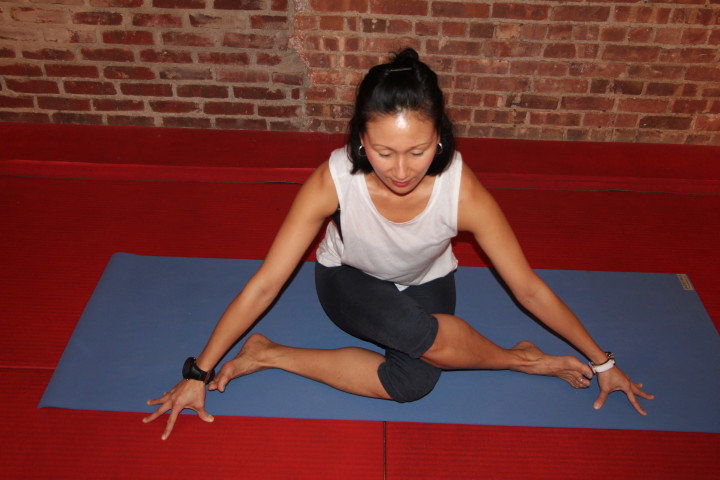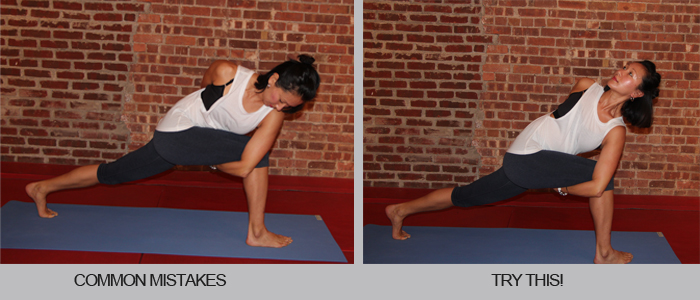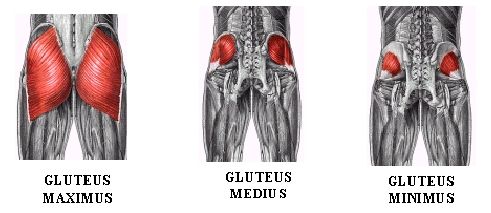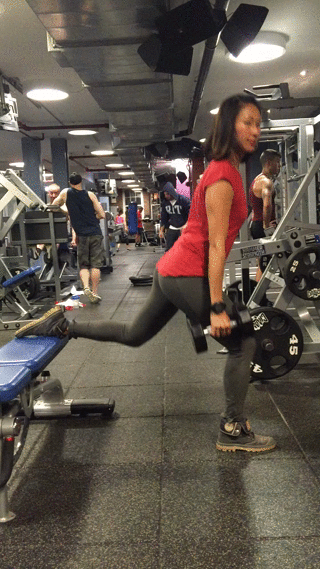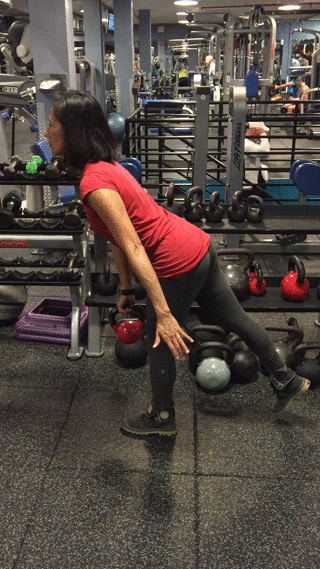Here’s a typical ab routine: 50 sit ups, 50 crunches, hold plank for 1 minute and repeat. A bit boring, redundant, and after some time…ineffective. There’s nothing wrong with those exercises but there is so much more to strengthening your core than crunches and planks.
Most equate the “core” with the abdominals, which is the outer most visible layer, of course, that’s when it’s not covered with fat :). But the core muscles extend far beyond the abs. The major core muscles lay deep beneath the exterior musculature that people typically train. These muscles are the pelvic floor, transversus abdominis, erector spinae, multifidus, internal and external obliques, quadratus lumborum and the rectus abdominis. The minor core muscles are the hip flexor muscle group, adductors, hamstrings, latissimus dorsi, gluteus maximus, and the trapezius. Basically, all the muscles that attach to the pelvis work together to functionally move, support, and stabilize the spine.

The core provides us with three dimensional functional movement which is more than just the lateral exercises most ab/core workouts include. Our daily activities include movements in all three planes: frontal (forward/back), sagittal (side to side), and transverse (rotation). Therefore we should train our core to be stronger while moving in those 3 planes, right? Right! So check out this quick and effective workout that will train your core front, back and around.
MINUTE #1: SUPERMAN

Break it down:
– Lay on stomach with arms extended alongside ears.
– Press the pubic bone into the floor to initiate a lift in the chest, arms, and legs.
– Engage back body muscles to lift higher and lower down with control.
– Reach fingers and toes in opposite direction to create length in the spine. Slight squeeze of the glutes and inner thighs to lift the legs up higher.
Targets:
– Erector spinae, quadratus lumborum, hamstrings, adductors, glutes, and trapezius
MINUTE #2: GLIDING ELBOW PLANKS

Break it down:
– Start in elbow plank aligning shoulders directly over the elbows, body parallel to the floor, forearms push against the floor to slightly round upper back, legs engaged, feet flexed.
– Slide shoulders forward so they glide past the elbows. Feet glide forward onto tip toes.
– Slide shoulders back so they move slightly behind elbows. Feet glide back onto the balls or mid foot.
Targets:
– Rectus abdominis, multifidus, transversus abdominis, serratus anterior and posterior, pectorals, and deltoids.
MINUTE #3: SIDE LEG LIFTS

Break it down:
– Lay on one side with hips slightly tilted forward. Relax head and neck and place arms under the head.
– Place a block in between the feet to keep adductors (inner thighs) engaged.
– Squeeze the block and engage obliques to lift both legs up. Try to relax upper body.
Targets:
– Transversus abdominis, multifidus, external/internal obliques, and adductors
MINUTE #4: SIDE PLANK TWISTS

Break it down:
– Set up in side plank on the right side with shoulders directly positioned on top of the hand. Stagger feet so the right foot is in front of the left.
– Bend the left elbow to bring hand behind the head and open the chest.
– Push the floor away with the right hand to stabilize core and slightly lift right leg up towards abdomen.
– Move your left elbow across chest towards the leg so the elbow and knee connect in the middle.
– Release the foot back down while opening the chest.
– Repeat for 30 seconds then switch to the left side.
Targets:
– Rectus abdominis, multifidus, internal/external obliques, quadriceps, deltoids, serratus anterior/posterior, transversus abdominis
PERFORM THESE EXERCISES 2x FOR A TOTAL OF 8 MINUTES!
Add these exercises to your routine and give your core a three dimensional workout. Targeting the front, back, and sides of your core will help you set up a stronger and more stable foundation. Your core becomes a force transfer center and stabilizer to assist you in all exercises and every day activities. The more you understand the muscles that make up your core, the more they will work. Training your entire core to work efficiently will help with balance and stability, a straighter spine, better posture, injury prevention and a stronger, more powerful you! Win Win! Now get to work!





